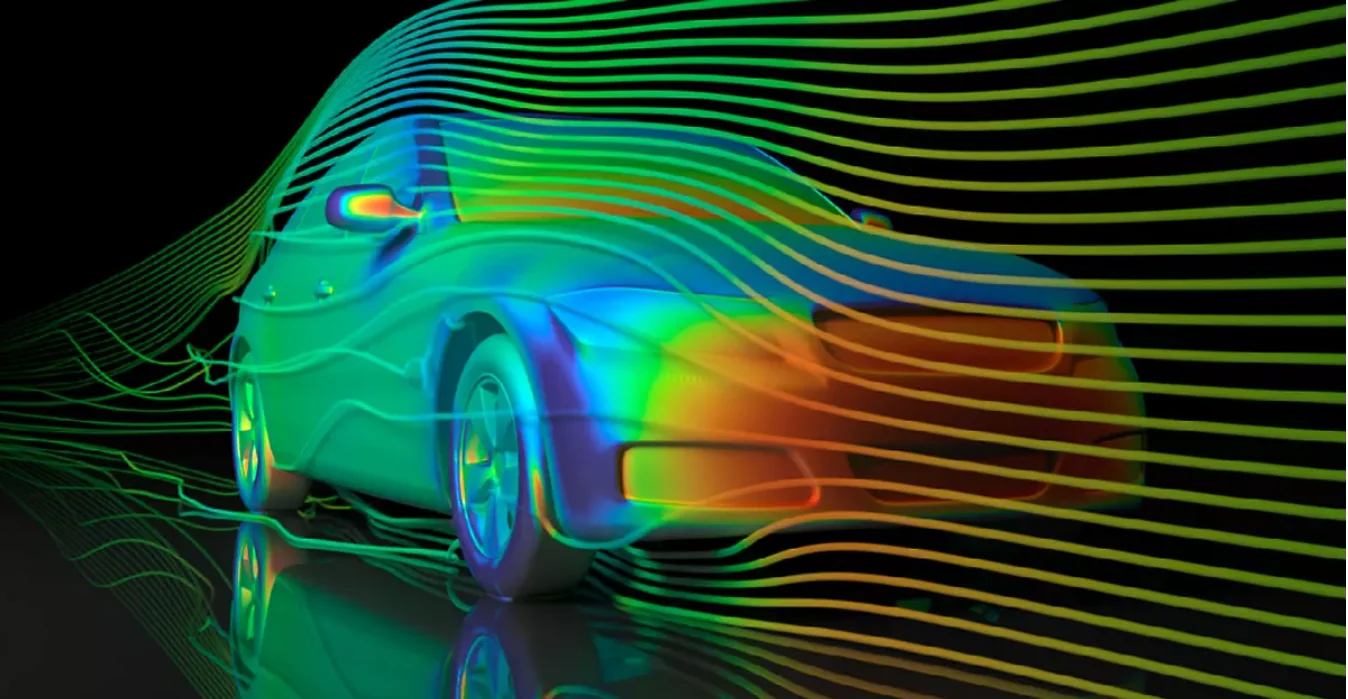Unleashing the Power of GPU Solvers in Computational Simulations: A Paradigm Shift in Simulation Technology

Traditionally, CPUs have been the backbone of the simulation process. However, the limitations of Moore’s Law and the increasing demand for faster, more complex simulations have made GPUs a game-changing alternative. Unlike CPUs, GPUs offer significantly higher memory bandwidth and computational power, enabling rapid processing and efficient scaling.
Key drivers for the shift to GPU solvers include:
The Ansys Fluent native GPU solver is a pivotal tool in the evolution of CFD simulation. First introduced in beta in 2022, the GPU solver has undergone rapid development, integrating new features and capabilities with each release.
Key Features and Developments
A single high-end GPU, like the NVIDIA A100, can deliver performance equivalent to hundreds of CPU cores. For instance, a dam-break simulation showed a speedup of over 3.5 times using one A100 compared to 128 CPU cores.
In transient simulations, GPU solvers often require fewer iterations to converge, further reducing computation time and cost.
The licensing model for GPU solvers differs from traditional CPU-based systems. Instead of counting CPU cores, Ansys uses streaming multiprocessors (SMs) as the licensing metric for GPUs. Each Fluent Enterprise license includes support for GPUs with up to 40 SMs, with additional HPC packs required for more powerful GPUs. This approach ensures flexibility and scalability, allowing organizations to adapt their licensing based on their computational needs.
Ansys Discovery complements the Fluent GPU solvers by integrating GPU-accelerated simulation into a versatile modeling environment. Discovery is positioned as the future of geometry preparation and simulation, replacing legacy tools like SpaceClaim and DesignModeler.
Three Pillars of Ansys Discovery
Innovative Features in Discovery
One of the most compelling arguments for adopting GPU solvers is their contribution to sustainability. Traditional CPU clusters require extensive power and cooling infrastructure, while GPUs can deliver equivalent or superior performance with a fraction of the energy consumption. This makes GPU solvers not only a technological advancement but also an environmentally responsible choice.
The transformative potential of GPU solvers can be exemplified in the following real-world scenarios:
Automotive CFD Simulation
A car body simulation with 50 million elements showed a 20x speedup using GPUs.
Cost comparisons revealed near parity between GPU and CPU setups, making GPUs the clear choice for efficiency.
Compressor Simulation
A transient simulation of a stator-rotor-stator setup with 44 million elements demonstrated a significant reduction in computation time and costs using GPU solvers.
The solver required fewer iterations, further optimizing performance.
Electronics Cooling
Discovery’s capabilities in simulations involving internal cooling of electronic components, leverage features like surface-to-surface radiation and integrated fan libraries.
While GPU solvers offer immense benefits, there are practical considerations:
Ansys continues to innovate, with a roadmap that includes expanded multi-phase flow capabilities, enhanced meshing algorithms, and further integration of GPU solvers across its product suite. As these tools evolve, they will become indispensable for industries ranging from automotive and aerospace to electronics and energy.
GPU solvers represent a transformative leap forward in simulation technology, offering unprecedented speed, accuracy, and efficiency. Whether you’re tackling complex CFD problems or exploring multi-physics applications, GPU solvers can redefine your approach to design and analysis.
If you’re considering GPU solvers, now is the time to explore their potential. EDRMedeso is here to guide you through benchmarking, implementation, and optimization, ensuring you maximize the value of these cutting-edge tools.
Watch the recent GPU webinar on-demand
